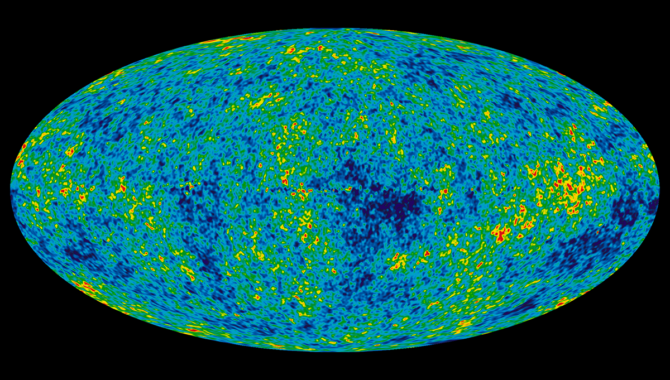
WMAP mission releases stunning map of the Cosmic Microwave Background, a “baby picture” of the Universe.

WMAP mission releases stunning map of the Cosmic Microwave Background, a “baby picture” of the Universe.
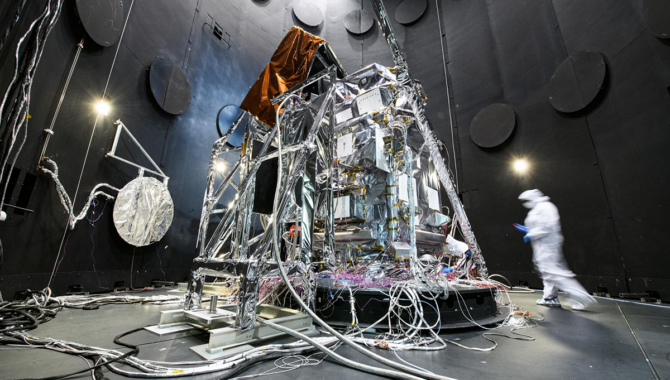
PACE is a major effort to combine oceanic and atmospheric research to better understand the complex systems.
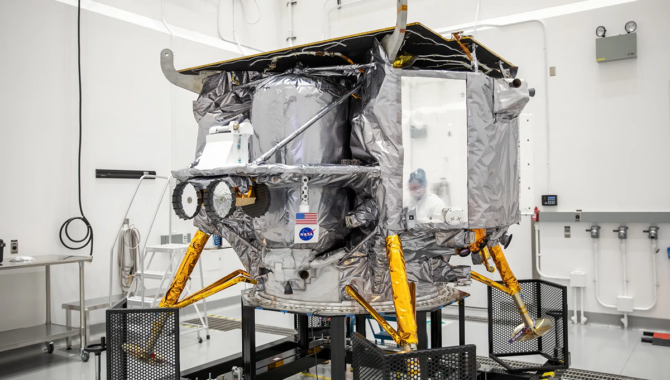
Commercial landers will deliver science payloads in 2024.
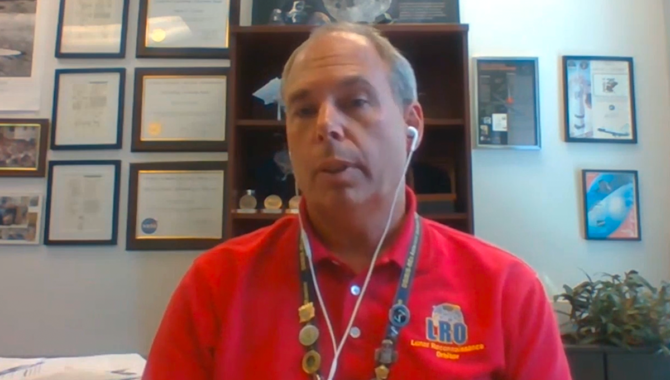
An engineering leader welcomes diverse opinions and ideas to spot and solve project challenges.
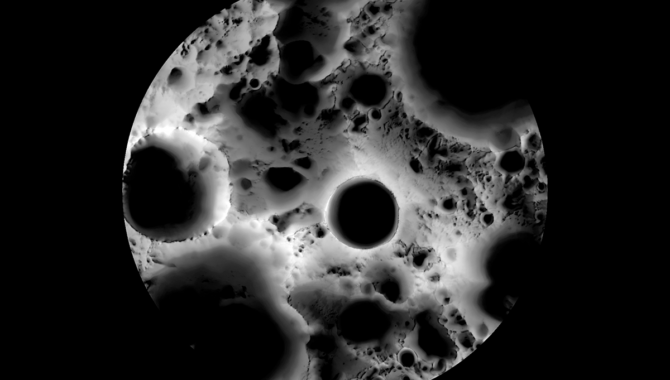
First landing marks the start of concentrated exploration.

Difficult summer highlights data NASA collects on Earth’s climate.
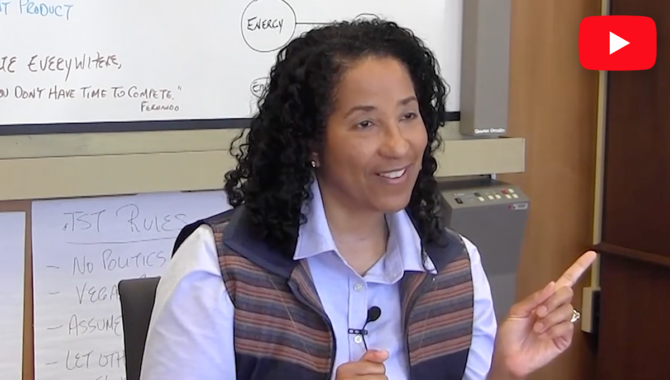
A project manager needs to adapt to changing circumstances that arise during their project.

A project team’s performance can improve if their project manager stays clear-sighted and communicates how project goals connect with their organization’s goals.

A program manager needs to stay mission-focused in order to reach success.